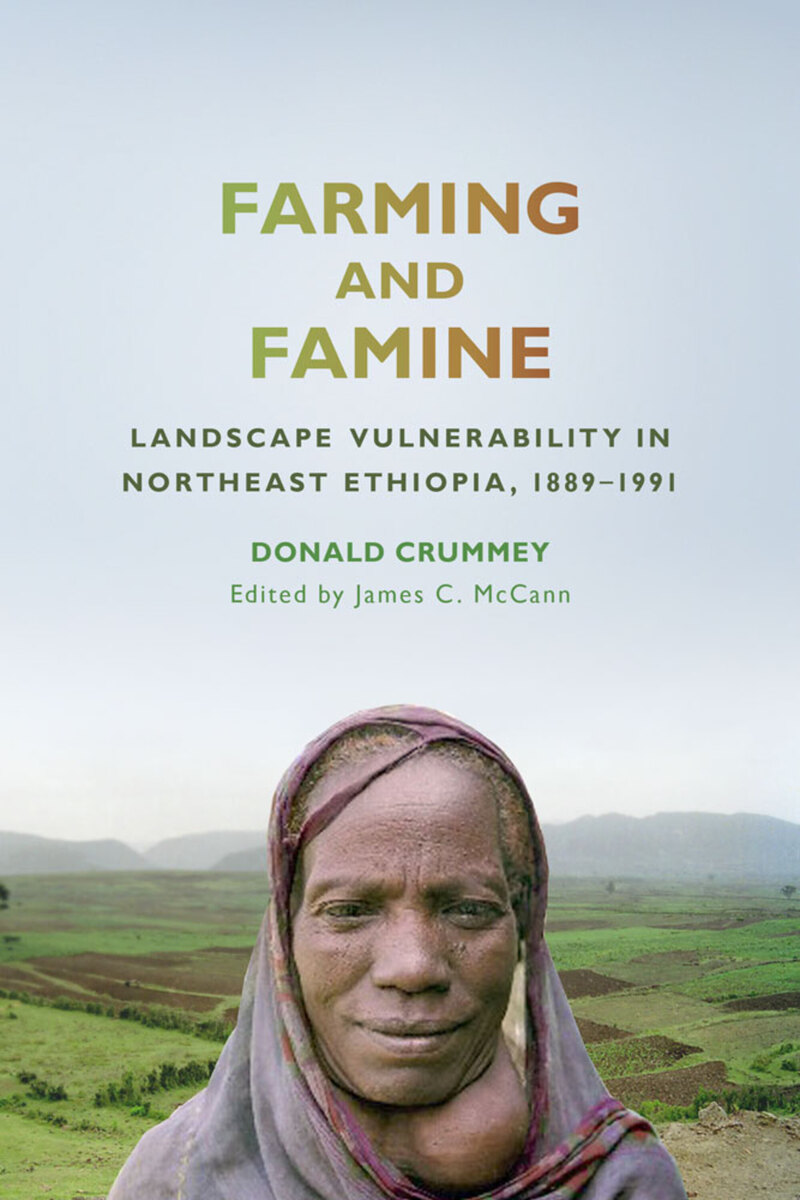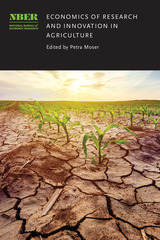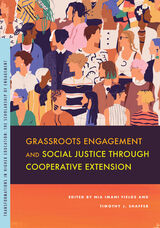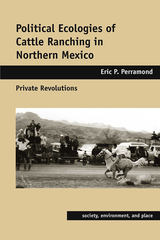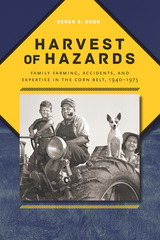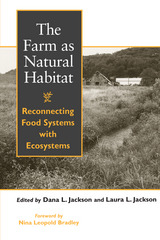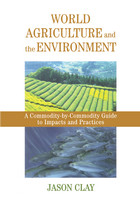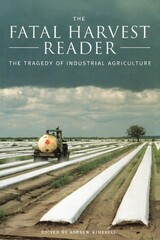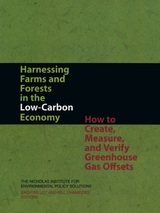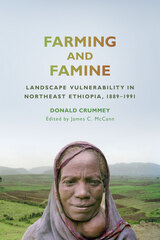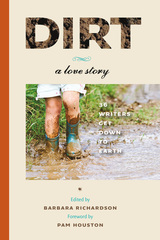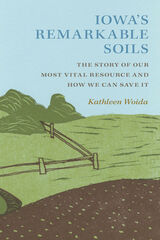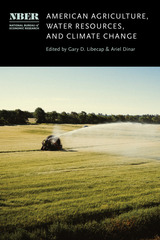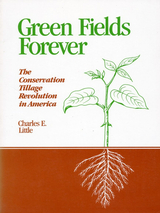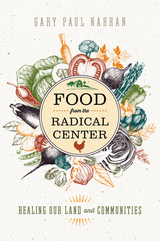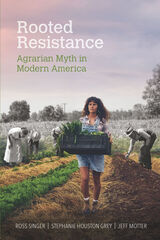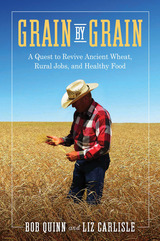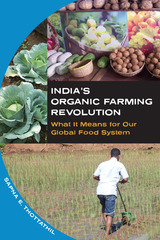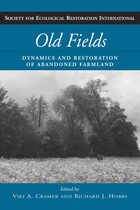Farming and Famine: Landscape Vulnerability in Northeast Ethiopia, 1889–1991
University of Wisconsin Press, 2018
eISBN: 978-0-299-31633-4 | Cloth: 978-0-299-31630-3
Library of Congress Classification S589.76.E8C78 2018
Dewey Decimal Classification 338.10963
eISBN: 978-0-299-31633-4 | Cloth: 978-0-299-31630-3
Library of Congress Classification S589.76.E8C78 2018
Dewey Decimal Classification 338.10963
ABOUT THIS BOOK | AUTHOR BIOGRAPHY | REVIEWS | TOC | REQUEST ACCESSIBLE FILE
ABOUT THIS BOOK
In modern times, Ethiopia has suffered three grievous famines, two of which—in 1973–74 and in 1984–85—caught the world's attention. It is often assumed that population increase drove Ethiopia's farmers to overexploit their environment and thus undermine the future of their own livelihoods, part of a larger global process of deforestation. In Farming and Famine, Donald E. Crummey explores and refutes these claims based on his research in Wallo province, an epicenter of both famines.
Crummey draws on photographs comparing identical landscapes in 1937 and 1997 as well as interviews with local farmers, among other sources. He reveals that forestation actually increased due to farmers' tree-planting initiatives. More broadly, he shows that, in the face of growing environmental stress, Ethiopian farmers have innovated and adapted. Yet the threat of famine remains because of constricted access to resources and erratic rainfall. To avoid future famines, Crummey suggests, Ethiopia's farmers must transform agricultural productivity, but they cannot achieve that on their own.
Crummey draws on photographs comparing identical landscapes in 1937 and 1997 as well as interviews with local farmers, among other sources. He reveals that forestation actually increased due to farmers' tree-planting initiatives. More broadly, he shows that, in the face of growing environmental stress, Ethiopian farmers have innovated and adapted. Yet the threat of famine remains because of constricted access to resources and erratic rainfall. To avoid future famines, Crummey suggests, Ethiopia's farmers must transform agricultural productivity, but they cannot achieve that on their own.
See other books on: Agriculture & Food | Agriculture & Food Policy | East | Ethiopia | Landscape changes
See other titles from University of Wisconsin Press
